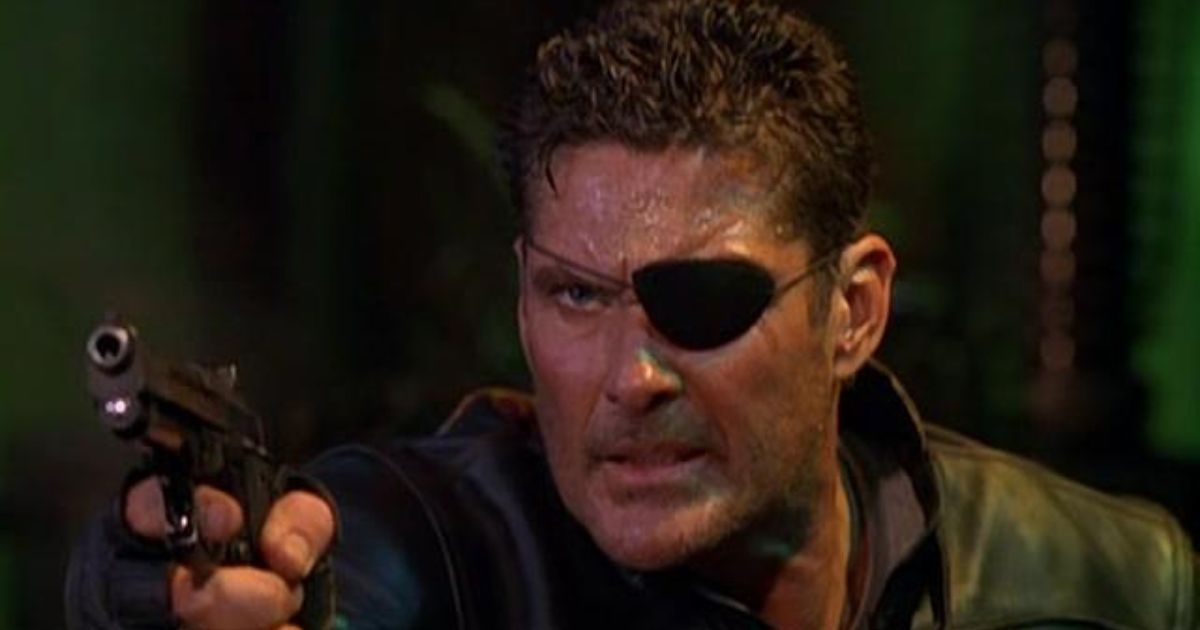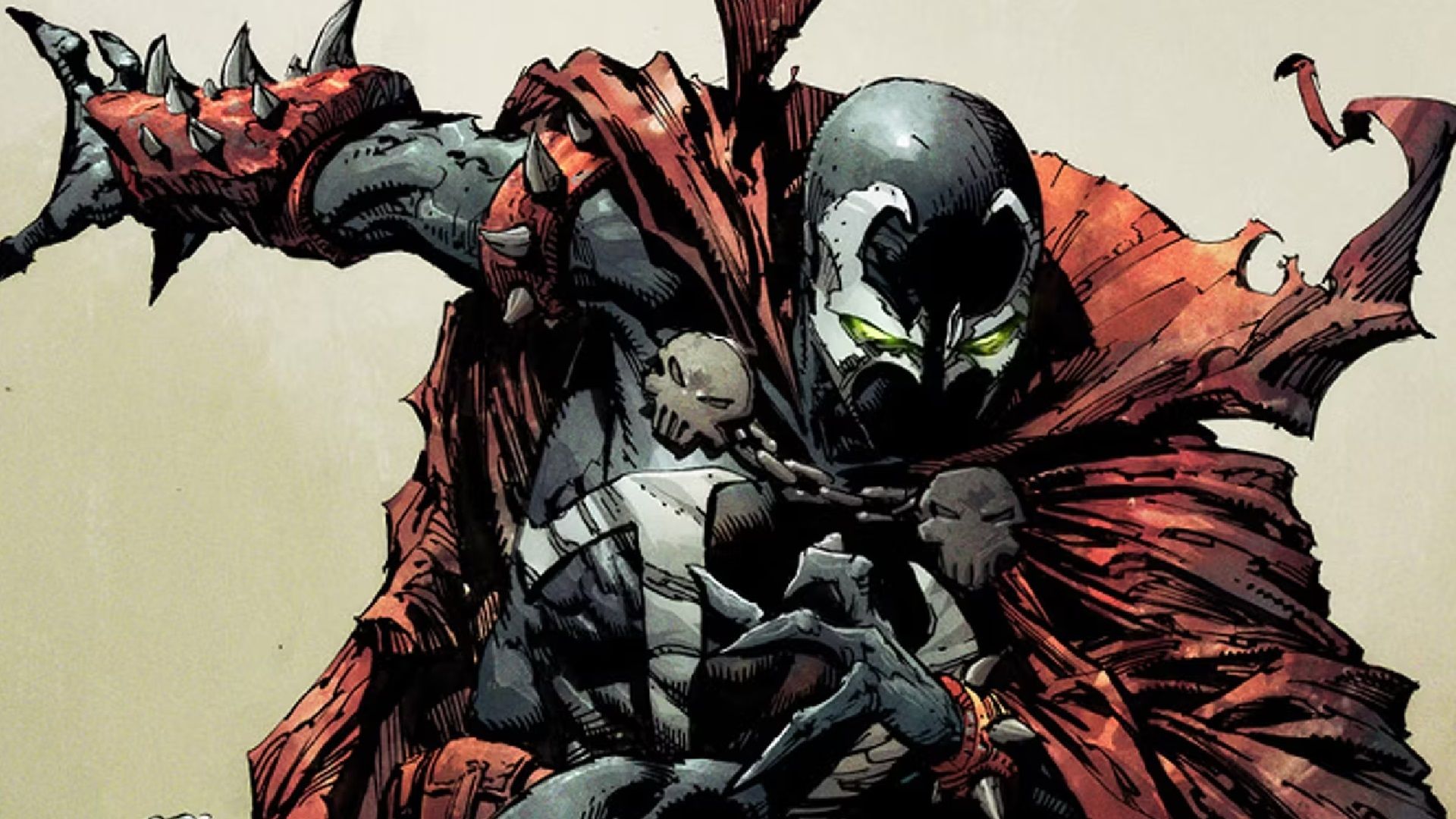Does anyone really want to see a white-knuckled, cowboy-hatted, joke-making Blade? If New Line Cinema had its way, this is the movie we would have seen in 1998, and Blade wouldn't have existed. Wesley Snipes Hollywood history is full of valuable lessons about the dangers of studio interference, but even the producers of this film were not immune to indulging in a few clichés.
It is designed as a “hip-hop Marvel movie”, codeThe filmmakers had to struggle to maintain the integrity of the film and strike the right balance. This is one case where the stars aligned, and the final product was well worth the years of hype, embarrassing presentations, and delays. The same can’t be said for the older animation.
Blade was a huge success in 1998.
Adapted from the Marvel Comics created by the writing/art team of Marv Wolfman and Gene Colan in 1973, the character first appeared on the market around the time of the Blacola Marvel's vampire character Morbius. Blade only made his way to fame in the 1990s.which gained mainstream attention at a time when the MCU was still a fantasy and its cultural footprint in the zeitgeist was minimal.
Marvel was so broke at the time that they sold the film rights for a pittance. Although Blade had been essentially a gimmick in the comics pages of the 1970s, he had won over readers over the years, but had yet to prove the viability of lesser-known comic book characters. That changed. Censors warned parents that “full-on vampire violence” had never looked so good.
After several false starts over the decade, the film premiered in 1998, a hyper-violent but engaging look at one of the lesser-known members of Marvel’s catalog of heroes. Perhaps the antihero would be a better description. Behind the black Oakley sunglasses, black combat boots, black coat—and all black—was Wesley Snipes. The action star was at the peak of his fame and fitness. The Daywalker was the obvious choice. No offense to Denzel Washington or his personal trainer. But it wasn’t obvious at the time, especially if you were a New Line Cinema employee. Let’s just say they wanted to take the movie in a safer, simpler direction. Thankfully, no one listened.
Who exactly is Blade, and why is he important in Marvel Canon?
Don't know who he is? Don't worry, no one else in Hollywood knew who he was in 1998. To say that the film was made based on name recognition or the ability to make money from intellectual property alone is an understatement. This film was originally written to be a counter-narrative to Count Dracula. Writer David S. Goyer and Snipes wanted to complete the film trilogy through a shared passion. The goal of this project was to create a new kind of hero. Goyer conceived this project as a response, lamenting that the dark Batman series had become a pathetic joke.
Reducing Blade to a mere black exploitation character is a gross oversimplification of his character, but it was the spark that allowed him to stand out from a sea of cliched caped heroes. Removing this element would deprive the series of a key style that defines the tone and style of the film. Snipes has even compared his co-star Bush Wright to ’70s action star Pam Grier, Blade, and John Shaft. Combining elements of Batman and Van Helsing, Blade combined many disparate sources of inspiration into a unique heroine who happily ignored genre barriers. Goyer used the Grand Guignol aesthetic, but also mixed John Woo, magic, and science fiction.

Related
David S. Goyer explains his involvement in the critically panned 1998 Nick Fury TV movie
David S. Goyer addresses the criticism he received for the Nick Fury movie starring David Hasselhoff.
According to actor Stephen Dorff's account, there is little The missing children They're hiding there, too. Concept art for the film showed villain Deacon Frost keeping bodies sealed in plastic bags, reflecting a demonic antagonist who was as sterile and practical as he was morally defiant.
Half-vampire Blade (named Eric Brooks in the comics) brings justice to a secret vampire population that preys on humanity. In the film, a gang of powerful vampires bribe the police to keep their secret, and the entire world becomes embroiled in a global conspiracy—a beloved idea from the '90s, if underused in this film. In an interview with Entertainment WeeklyGoyer described the film as being about “this racial antagonism between purebloods and mutant vampires.” The only problem was finding the right man with the raspy voice who could put on the sunglasses behind him, which was the part of the film that had to do all the hard work, both physically and metaphorically.
The idea of an inappropriate code that no one wanted
Screenwriter Goyer submitted his first draft to New Line Cinema’s head of production, Michael De Luca. It immediately caught his attention. Keep in mind that this was long before the writer/director became a go-to writer in the superhero genre. Others had failed to get a film off the ground for years, as both Roger Corman’s New World Pictures (which owned Marvel in the late 1980s) and New Line Cinema struggled to decide what to do with the vampire premise. David Fincher (before he became head writer)Ship He showed some curiosity about the script, but left disappointed after extensive research. British director Stephen Norrington, a little-known director known for making frenetic, obscure action films for pennies, was finally chosen to direct the film. New Line clearly had little faith in the film.
Various names were floated for the lead role, including LL Cool J and Laurence Fishburne, with Denzel Washington at the top of the list. None of them had the same physicality or action hero skills as Snipes, who won. Stephen Dorff was cast as the swaggering, joke-loving vampire Frost. A mixed-breed vampire who seeks to disrupt the truce between vampires and humanity, he is the antithesis of the stern Blade, stealing every scene he appears in. Producer Peter Frankfurt was unafraid of the high-quality script, which slowly turned into a genre-blending action film featuring A-list stars, choreography, and special effects. But the margin for error was shrinking as the budget spiraled out of control:
“We kept adding scenes like the blood club, and big action scenes. And when we finally delivered the movie, it was like no superhero movie anyone had ever seen before. It had elements of kung fu, vampires, and it was a movie that broke all the mold. And the bad news is that it was incredibly expensive.”

Related
King Spawn Update Changes Casting Reports
A director is currently being sought to remake the film directed by Todd McFarlane, but Al Simmons' first choice may not materialize.
In a surprising development, Snipes had been teasing a Black Panther role in Columbia for half a decade. For unspecified reasons, that particular project never materialized. Moving on to another black Marvel superhero, Snipes saw Blade as an alternative way to break into the white superhero arena, and felt it was a great opportunity to showcase his martial arts expertise. Luke Cage has also been touted as a potential property that could receive an adaptation. Black superhero roles have been few. While spawn The film was first released in theaters when pre-production began, and other intellectual properties had to wait about 20 years for an adaptation.
New Line Cinema originally wanted Blade to be Deadpool.
The rights have fallen into the hands of New Line Cinema, a company no stranger to unconventional, R-rated horror films. A key element in the appeal of a hero who expressed his outsider status was his race. Blade was written and designed as a black man. According to Goyer, New Line wanted him to be white. Cool heads prevailed. Making the film was the hard part, but casting was never in doubt. Snipes understood the character immediately and knew exactly how to portray him, bringing with him the energy of the morally ambiguous character he played in the film. New Jack City, As described Cinefantastic Magazine Before the movie was released:
“We could do anything with this kind of project—very open-ended criteria. Plus, I’ve played a lot of cops and good guys, and I wanted to do something a little more daring… This was perfect, because he’s a good guy who’s also a bad guy, a bad guy who’s actually a good guy, and a misunderstood guy, with this kind of biochemical imbalance.”
Another note circulating around the studio was a plan to turn the film into a superhero parody with a different setting in a rural town, which was thankfully nixed. This was the hot half of the ’90s, and audiences didn’t want to laugh at over-the-top humor or self-referential jokes. We just wanted blood and a guy in leather pants kicking people in the face while techno music played in the background in an urban dystopia.
Other near-catastrophic mistakes were avoided, including a delayed climax where Stephen Dorff turns into a computer-generated tornado of blood. Audiences thought it was stupid (one of the rare times a focus group was 100% right), requiring reshoots. The film was a financial success, and was followed by sequels of varying quality… we won't get into that for the sake of keeping this article upbeat. Fans hate the trilogy finale just as much as the cast and crew themselves, so stick with the first one. code (1998) Available to rent on Prime Video and Apple TV..



